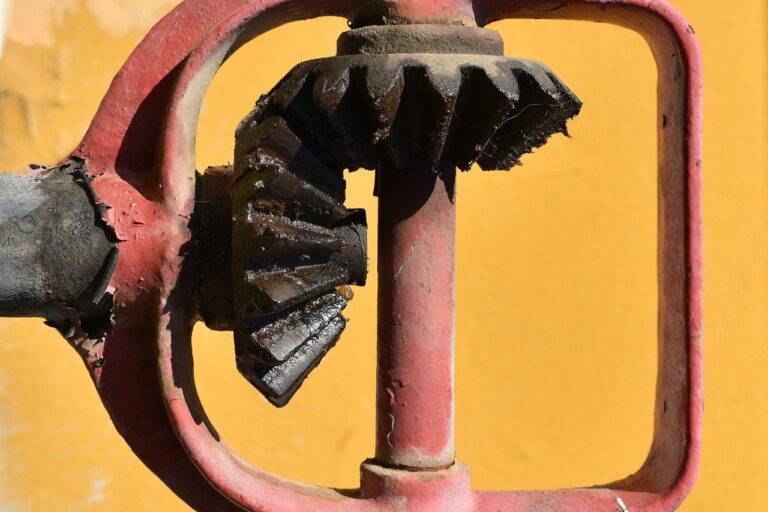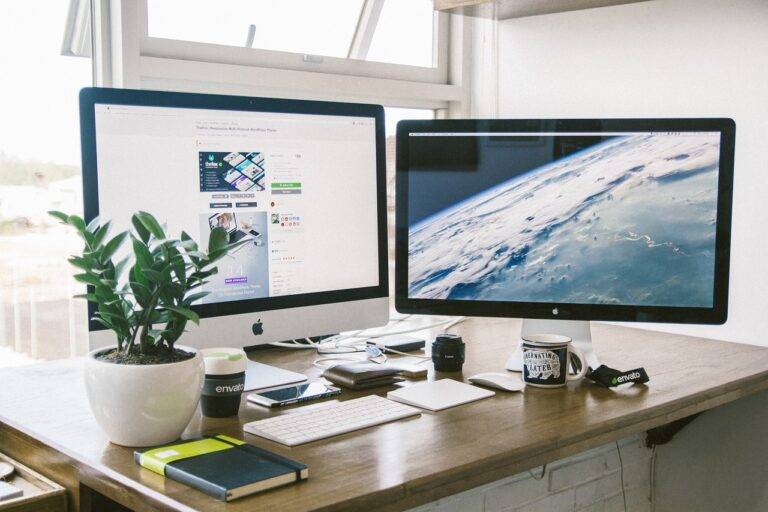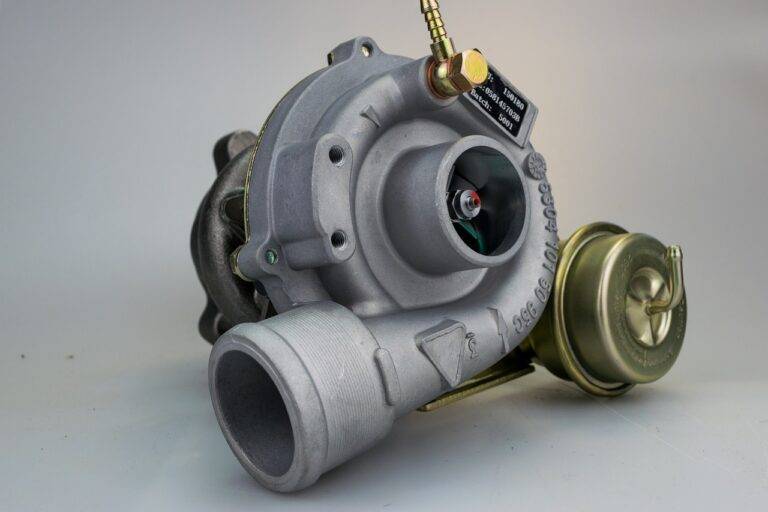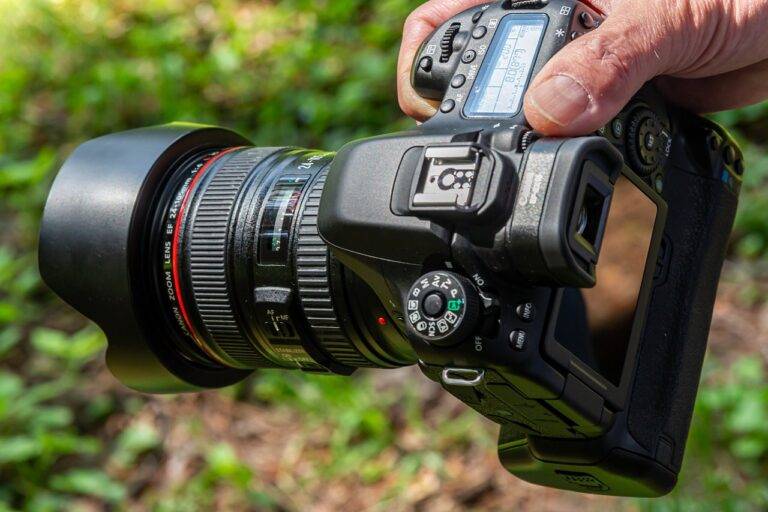The Potential of 3D Printing in Manufacturing and Design
Incorporating 3D printing technology in manufacturing processes brings numerous advantages to the industry. One of the key benefits is the ability to produce complex designs with intricate details that traditional manufacturing methods may struggle to achieve. This opens up new possibilities for creating innovative products that stand out in the market and meet the evolving demands of consumers.
Furthermore, 3D printing enables manufacturers to optimize their production processes by reducing material waste and improving efficiency. Traditional subtractive manufacturing methods often result in excess material being discarded, whereas additive manufacturing used in 3D printing is more precise and creates less waste. This not only contributes to cost savings for manufacturers but also promotes sustainability by minimizing environmental impact.
How 3D Printing is Revolutionizing Product Development and Prototyping
One of the most significant ways in which 3D printing is revolutionizing product development and prototyping is through its ability to expedite the design process. Traditional manufacturing methods often entail lengthy lead times for creating prototypes, which can significantly delay product development timelines. However, with 3D printing, designers can quickly iterate on their designs, making adjustments and improvements in a fraction of the time it would take using conventional methods.
Moreover, 3D printing offers the flexibility to create complex geometries and intricate designs that would be challenging, if not impossible, to achieve with traditional manufacturing techniques. This allows for more innovative and creative product development, as designers are no longer limited by the constraints of traditional manufacturing processes. The ability to rapidly produce prototypes that accurately represent the final product enables companies to test and refine their designs more efficiently, leading to higher quality products hitting the market faster than ever before.
The Impact of 3D Printing on Customization and Personalization in Design
3D printing has completely transformed the landscape of customization and personalization in design. This innovative technology allows for intricate and unique designs to be created with precision and speed, enabling designers to bring their visions to life more effectively than ever before. From personalized consumer products to customized industrial components, the possibilities for tailoring designs to specific preferences and requirements are virtually limitless with 3D printing.
Moreover, 3D printing has paved the way for a more cost-effective and efficient approach to customization in design. Traditional manufacturing methods often involved high costs and longer production times for customized products, making mass production the more viable option for many businesses. However, with 3D printing, custom designs can be produced on-demand without the need for costly tooling or setup, allowing for greater flexibility in meeting individualized customer needs while maintaining competitive pricing in the market.
• 3D printing allows for intricate and unique designs to be created with precision and speed
• Personalized consumer products can be easily produced using 3D printing technology
• Customized industrial components can be tailored to specific preferences and requirements
• Traditional manufacturing methods often involve high costs and longer production times for customized products
• With 3D printing, custom designs can be produced on-demand without costly tooling or setup
• Greater flexibility in meeting individualized customer needs while maintaining competitive pricing in the market
What are some benefits of incorporating 3D printing technology in manufacturing processes?
Some benefits include increased design flexibility, faster prototyping, reduced waste, and the ability to create complex geometries.
How is 3D printing revolutionizing product development and prototyping?
3D printing allows for rapid prototyping, enabling designers to quickly iterate on designs and test new ideas before moving into full production.
How does 3D printing impact customization and personalization in design?
3D printing enables designers to create highly customized and personalized products, tailored to the specific needs and preferences of individual customers.
Can 3D printing be used for mass production?
While 3D printing is not yet suitable for large-scale mass production, advancements in the technology are making it more viable for certain applications.
What industries are benefiting the most from the use of 3D printing technology?
Industries such as automotive, aerospace, healthcare, and consumer products are among those benefiting the most from the capabilities of 3D printing technology.





